
Seaspray Australian Labradoodles

FLEECE: The Fleece coat of an Australian Labradoodle hangs down in ‘tendrils’ loosely from the body of the dog. It will flow and ripple as the dog moves, which is the true test of the Fleece coat as opposed to the Wool coat. Some Fleece coats will become very curly once they have been cut with electric clippers. Therefore, I recommend only a scissor cut trim, if necessary, on a Fleece coat Australian Labradoodle. Fleece coats are extremely low to non-shedding.
Length is usually around 5 inches long. The Fleece coat texture should be light and silky quite similar to that of an Angora goat. Appearing "to contain a silky lanolin," the fleece coat can range from loosely waved giving an almost straight appearance to deeply waved.
WOOL: Coats are more dense to the touch, like a sheep's wool. The "Ideal" wool coat should hang in loose hollow spirals. Most wool coats are still exhibiting a good texture, but have the appearance of a "Spring” not a Spiral. The Australian labradoodle has a single coat. Both the Fleece and the wool coat should naturally grow in "staples" and be of a soft texture. The Wool coat of an Australian Labradoodle has curls which form a full circle and grow tighter as they lengthen. There is a definite texture to a wool coat. There is no ‘movement’ in this coat when the dog runs. Wool coats are usually non-shedding.
The "Ideal" Coat presentation should give the viewer the impression of a casual natural appearance. Scissoring along the top line, neckline under ears and around toes should be done without giving a manicured look. The trimmed coat should maintain a flowing natural wash and wear look at all times highlighting the staples and ringlets. Excessive groomed presentation is a fault.
A clipped wool coat and clipped fleece coat can ‘look’ similar, but the texture, and denseness plus the fact that there is no ‘movement’ in the wool coat, is the secret to telling the difference.


Puppies
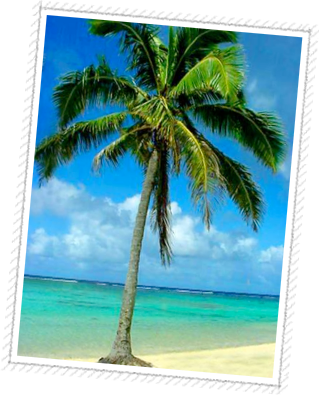
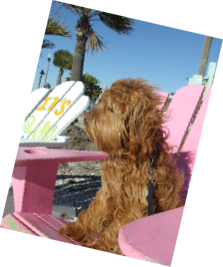
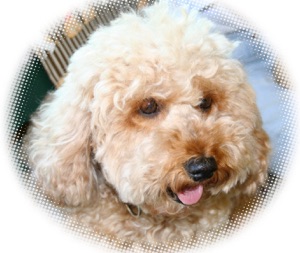
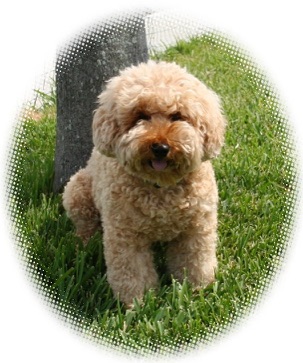
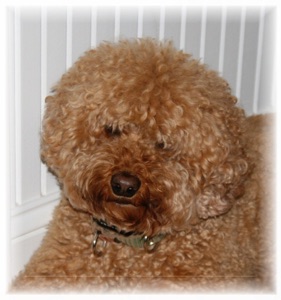
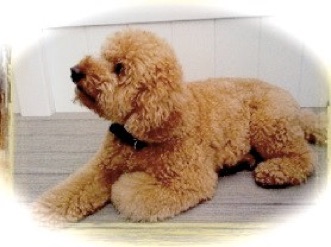

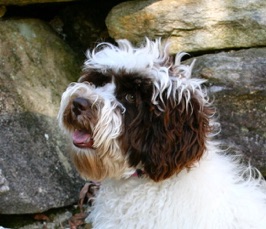
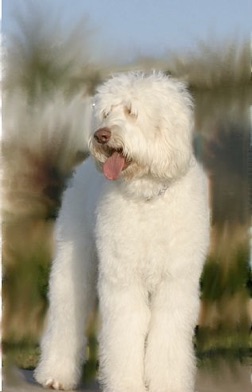

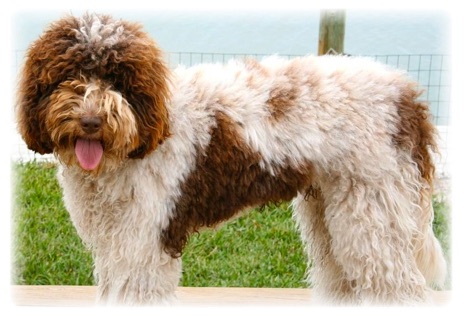
Here are some of dogs to show you the different coat types:
Straight Fleece Coat
Benson & Casey have straight Fleece Coats.
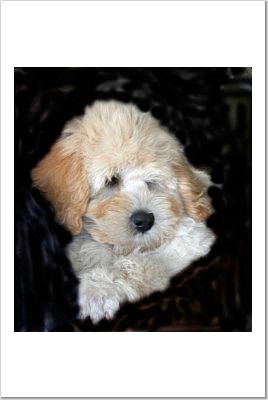
E'Clair & Corky have wavy fleece coats.
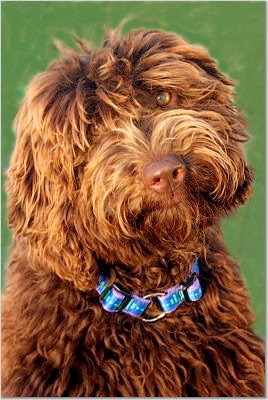
Erin & Corky have wavy fleece coats.
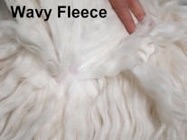
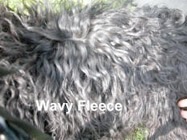
As you will see with the next two coat types,
it is NOT the look that determines the Coat Type.
Instead, it is the FEEL of the coat itself
that will determine the Coat Type.
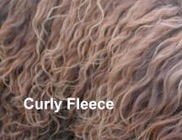
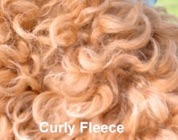
Above ~ The milk chocolate curly fleece is unclipped, and the apricot/red curly fleece is clipped.
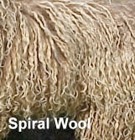
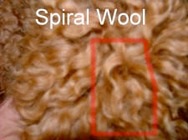
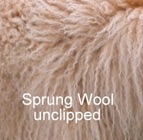

Above ~ The Cream is an unclipped spiral wool coat; The Red is a clipped spiral wool coat; The Chalk is a an unclipped sprung wool coat; and the White is a sprung wool after clipping.
Above is Riley ~ Curly Fleece
If you look at Riley and Below is Kerri ~ Spiral Wool
Kerri you would think
they have the same type of coats ~
but they do not!
Truffles has a Spiral Wool Coat also
Shedding and Allergies
1. Shedding and Allergies: There has been no definitive relationship established between shedding and allergy friendliness.
2. Some people are allergic to dog saliva. There is no documented difference between the saliva of the Labradoodle and any other dog breed. If you are allergic to a dog’s saliva, you most likely will be allergic to all dogs ~ including an Australian Labradoodle
3. Coat types and Allergies. Labradoodles with hair textured coat are more likely to aggravate allergies than are Labradoodles with the Wool or true Fleece coat.
4. Fleece coats are very rare in early generation Labradoodles. It is not impossible to get an occasional Fleece coat in an early generation Labradoodle but it is extremely rare to do so.
5. Puppies which shed may also shed as adults. However often these puppies do not shed as adults.
6. Short wavy/wiry or hair coats will shed as adults. This type of coat is extremely rare in a true Australian Labradoodle.


